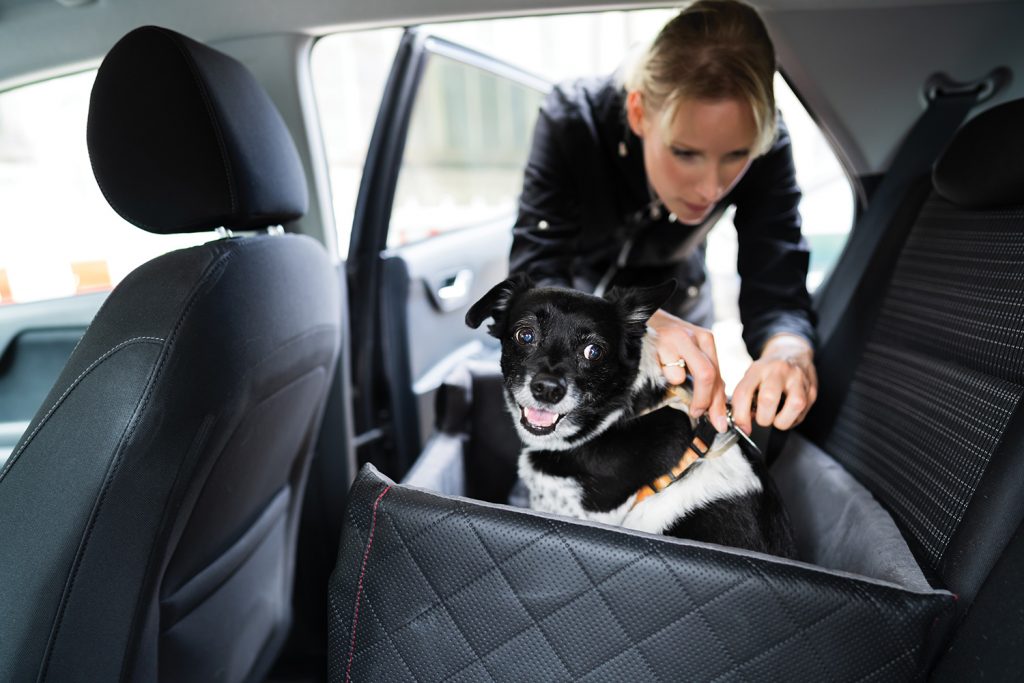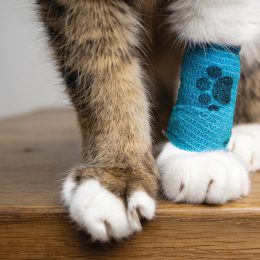
Sixty years ago, author John Steinbeck wrote a semi-nonfictional travelogue called “Travels with Charley” about a road trip around America. Charley was his standard poodle. A decade later, singer Lobo had a soft rock hit that detailed road trips with “Me and You and a Dog Named Boo.”
While we may not be writing a book or a song afterward, traveling with our furry buddies has become more popular in recent years as hotels and places of accommodation have become more pet friendly. Still, there are things to keep in mind when roving with Rover and meandering with Mittens. If you’re planning to take your pet along on a family vacation this summer, there are several steps you should take to prepare your cat or dog for travel.
To minimize stress, pets should be kept on the same schedule, says Lorraine Corriveau, wellness veterinarian and small animal community practice specialist at Purdue’s College of Veterinary Medicine.
“You also should bring medical and vaccination records, research pet friendly hotels and parks, bring food and water that the pet is used to, and a collar with an ID and temporary ID tag with the phone number of your destination and your cell phone number,” she says.
Here are a few other tips from Purdue to consider when traveling with a pet:
- Consider having your pet microchipped as a means of permanent identification.
- Bring an extra leash, preferably a slip-loop leash.
- When traveling in a car, pets should be in a crate, or a pet car seat and harness, to ensure their safety as well as your own while driving.
- Make frequent stops to allow your pet to exercise, relieve itself and drink water.
- Prepare your pet for a long trip by taking him or her on a series of short drives.
- Your pet’s travel-feeding schedule should start with a light meal three to four hours prior to departure.
- Never leave your animal alone in a parked vehicle. On a hot day, even with the windows open, a parked automobile can quickly become a furnace, and heatstroke can develop.
- For pets, particularly cats, who have difficulty getting into a carrier, try getting the carrier out a few days before departure. Feed and put your cat’s food bowl in the carrier at home so that it’s not just used for transportation. If your cat loves catnip, place some in the carrier to make it more appealing. Sometimes it is best to put the carrier on its end, with the opening at the top, and put the cat in bottom first.
- Some pets may react to being in a carrier by vocalizing excessively, drooling and salivating, vomiting and relieving themselves. If your pet displays these behaviors, a sedative may be needed. You should seek the advice of your veterinarian about whether your pet needs a sedative, and which sedative is appropriate.
- If you intend to travel by air, check with the airline to make sure you have met all requirements and policies and with your vet for tips and special travel concerns.



